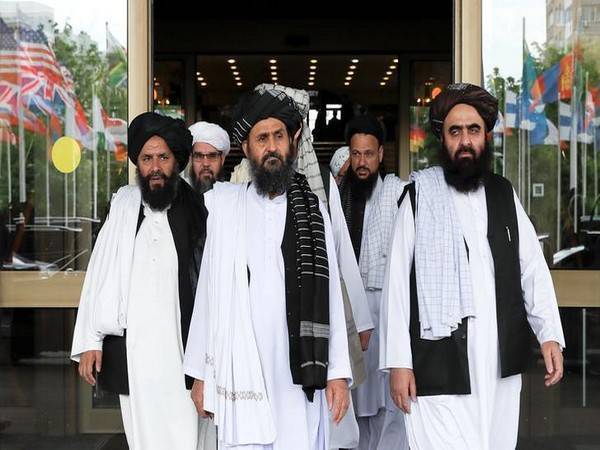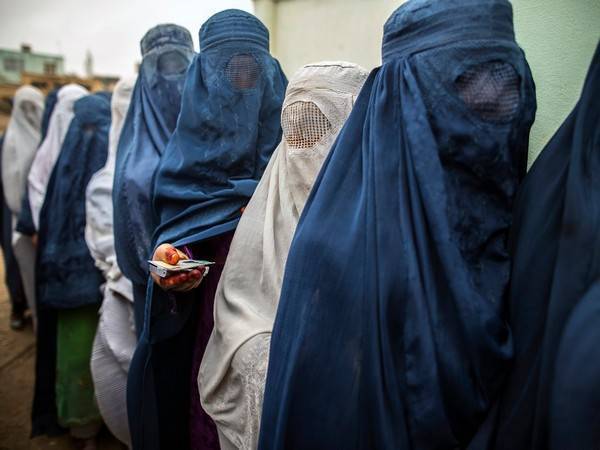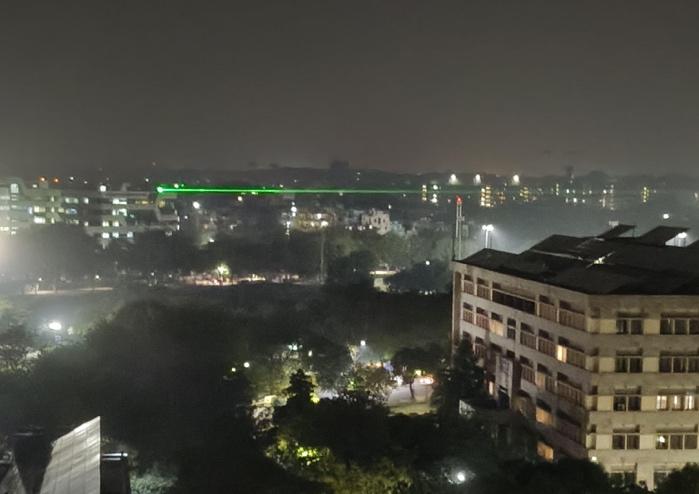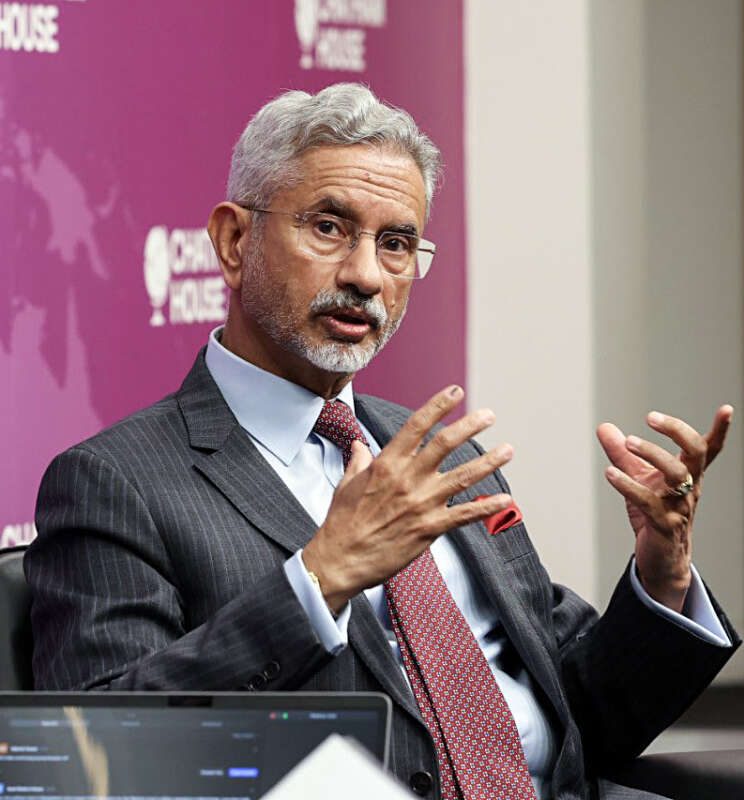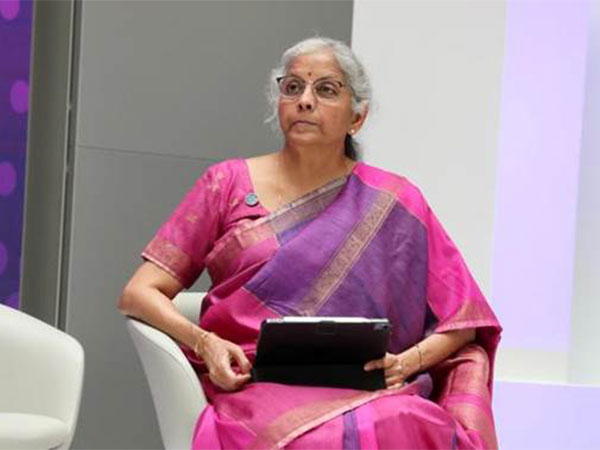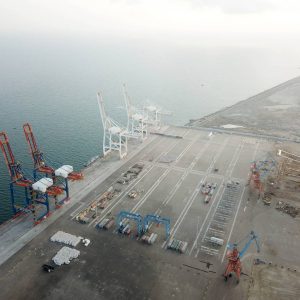China outperformed its rivals and gained a foothold in the global REE market because of its cheap and environmentally damaging ways of mining these rare earth elements….reports Asian Lite News
China has produced the majority of the world’s rare earth elements (REE), accounting for about 90 per cent of the material, since the 1980s. Some of the largest reserves in the world can be found there, reported Just Earth News.
China is home to over 35 per cent of the world’s rare-earth metal reserves. Currently, China dominates the REE industry, providing 85 per cent of the world’s supply in 2016. Reports state that while demand surged, production increased by more than 27 per cent in the first half of 2021, and REE extraction hit historic highs. The earth’s crust is rich in a group of 17 rare earth elements, including the 15 lanthanides (La-Lu) of the periodic table, scandium (Sc), and yttrium (Y).
Over the following few years, there will likely be a significant growth in demand for these components. They are considered “rare” because of their low concentration of minerals and difficulty in separating them from other elements, according to Just Earth News.
They have a wide range of uses, including electronics, magnets, lasers, GPS satellites, photoluminescence, computer parts, and lighting systems. A wind farm needs nine times as many minerals as a gas plant, and electric cars need six times as many as conventional cars. By 2040, the demand for rare earth might rise six-fold, according to current projections.
China outperformed its rivals and gained a foothold in the global REE market because of its cheap and environmentally damaging ways of mining these rare earth elements. For instance, the Baiyun Obo Rare Earths Mine in Inner Mongolia is home to the largest rare earth slurry lake in the world, which is made up of more than 70,000 tonnes of radioactive thorium. Residents surrounding the lake have seen several crops and animals perish over the years due to the neighbouring mine and processing facility, which have been in operation since 1958.
Locally, there have been numerous reports of “cancer villages” since 2000, and the lake has been compared to a “time bomb” hanging over the Yellow River, one of China’s most significant waterways. They added that there are numerous other instances of dangerous mines throughout China, as per Just Earth News.
Furthermore, China does not place a high focus on the safety of the miners. The respiratory, neurological, and cardiovascular systems are disrupted as a result of toxin exposure. Due to dangerous mining practices in the area, numerous instances of forced labour and continuous human rights violations by the Chinese government have also been documented in the Xinjiang Autonomous Region.
China wants to keep things as they are because it recognises the value of its mining monopoly for REE. As a result, it appears that China is shifting its efforts to the continent of Africa.
Private businesses perform some of this labour, although the six biggest mining firms are state-owned. China was granted exclusive access to REE reserves in various African nations in exchange for developing infrastructure.
For instance, China constructs national highways, clinics, and a USD 666 million data centre in Kenya and the Democratic Republic of the Congo in return for commercial mining licences, read a report published in Just Earth News.
New accords are being formed in Tanzania, Angola, Cameroon, and other countries as well. These mines pose significant environmental problems as China searches for additional rare earth reserves in Africa and as new rivals enter the market.
Rare earth is becoming more important to governments and businesses as they transition to renewable energy. Even if these mining techniques don’t release carbon dioxide, they are nevertheless bad for the environment.
According to sources, cited by Just Earth News, the mining process produces 13 kg of dust, 9,600-12,200 cubic metres of waste gas, 75 cubic metres of wastewater, and 1 kg of radioactive residue for every tonne of rare earth that is produced.
Green energy provides advantages, but we must prevent harmful mining practices from compromising it. Green solutions are notably needed to enhance mine closing procedures, handle the vast amounts of energy and water required by conventional mining operations, and ensure that these practices are compatible with present technologies, Just Earth News reported. (ANI)





